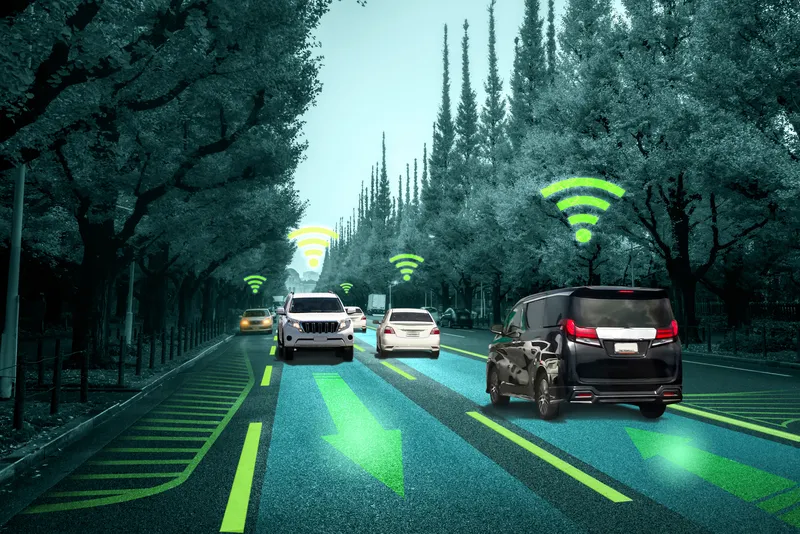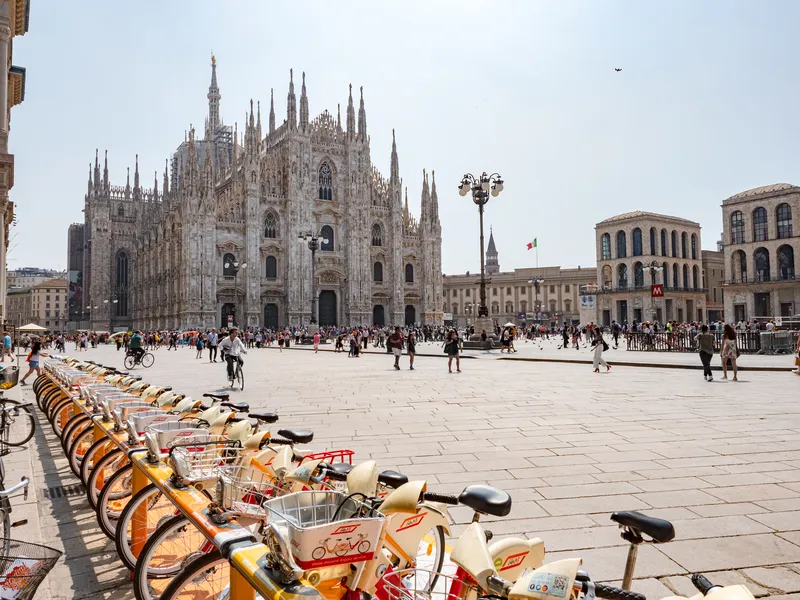
Seoul Robotics has introduced a mesh network of sensors and computers on infrastructure that guides vehicles autonomously without requiring that sensors be placed on individual vehicles.
Seoul's Level 5 Control Tower (LV5 CTRL TWR) has the potential to transform operations for a range of business applications ranging from vehicle distribution centers to car rental companies and trucking logistics.
The company says that by placing sensors equipped with 3D perception software around vehicles – like on traffic lights and buildings – the system can capture the environment and communicate with other sensors and the 4/5G systems that come standard on vehicles.
Seoul describes LV5 CTRL TWR as the brains of this mechanism, collecting all the 3D data and then automating vehicles accordingly using Vehicle to Everything (V2X) communications.
According to Seoul, LV5 CTRL TWR can automate vehicles from multiple vantage points, such as behind a truck and around corners, as well as predict trajectories, thus eliminating blind spots, a current challenge for on-vehicle Lidar systems.
This broad understanding of the environment and surrounding activity reduces collisions and creates a more reliable process, the company adds.
The system is expected to handle the movement of hundreds of vehicles simultaneously without any added cost, ensuring vehicles can drive slower or take longer, safer routes which can further prevent accidents.
LV5 CTRL TWR is made possible via Sensr, Seoul's 3D perception software that is both sensor agnostic and able to utilise deep learning artificial intelligence for enhanced tracking, detection and prediction capabilities within centimetre accuracies. The system can mix and match different makes and models of 3D sensors to ensure that LV5 CTRL TWR has the most accurate environmental understanding.
LV5 CTRL TWR is in the early stage of commercial deployment with BMW to automate last-mile fleet logistics at their manufacturing facility in Munich.
This collaboration utilises hundreds of connected Lidar and 3D sensors on infrastructure to automate newly manufactured vehicles within factories and vehicle distribution centres without any human involvement.
Seoul CEO HanBin Lee says: “LV5 CTRL TWR has massive potential to fuel autonomous mobility, and we are thrilled to continue expanding upon the implementation of this technology with BMW and other partners. Ultimately, these systems will be deployed in additional public and commercial settings, powering aspects of our everyday lives, such as autonomously navigated parking and public transit. With LV5 CTRL TWR, this future is closer and more accessible than ever.”









